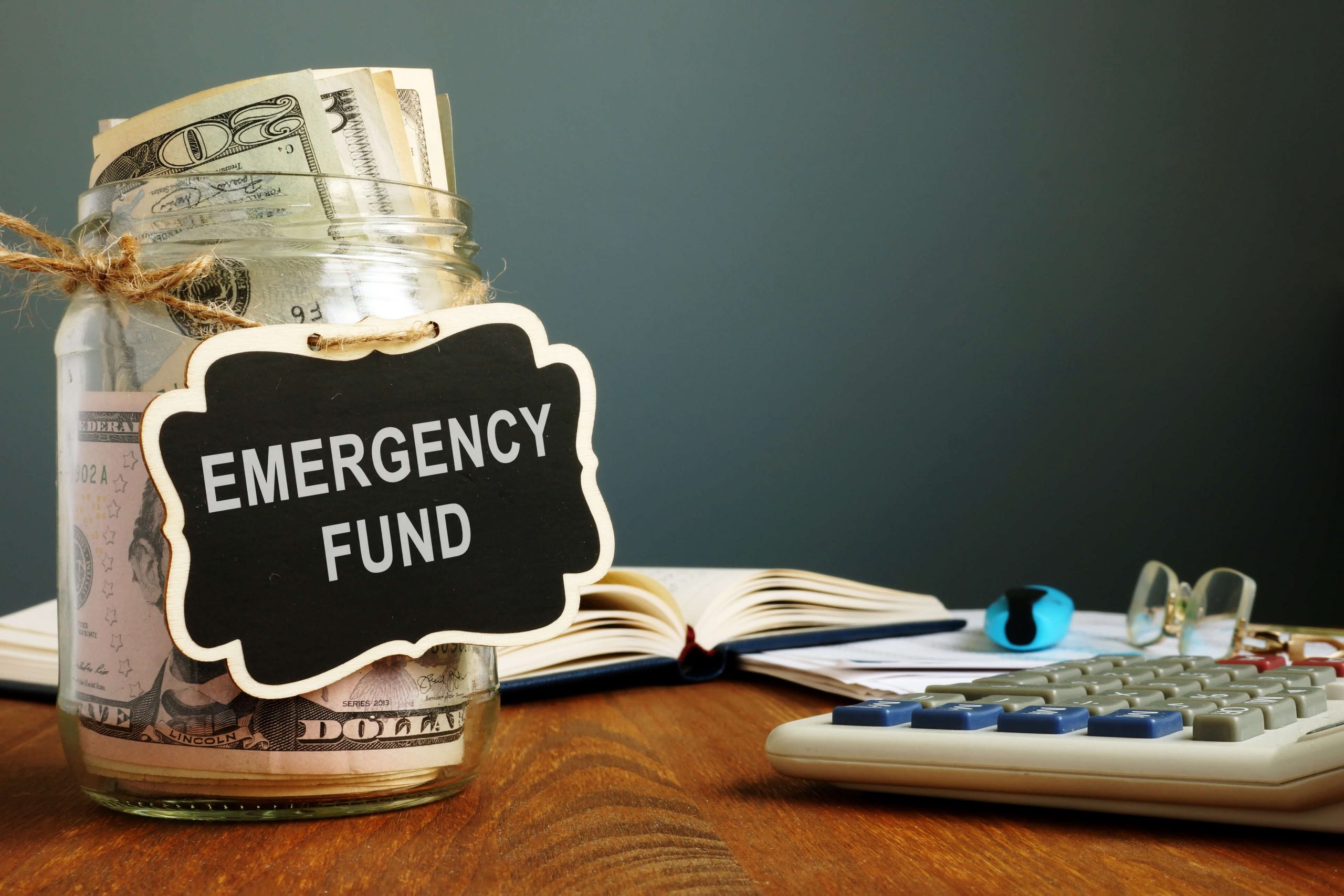In today’s uncertain world, having a financial safety net is crucial to protect oneself from unexpected expenses and financial shocks. An emergency savings fund is a vital component of personal finance that can help individuals and families navigate through tough times. In this article, we will explore the importance of an emergency savings fund, how to create one, and provide tips on maintaining it.

Why Do You Need an Emergency Savings Fund?
An emergency savings fund is a pool of money set aside to cover unexpected expenses, such as car repairs, medical bills, or losing a job. It provides a cushion to fall back on in case of an emergency, helping to reduce financial stress and anxiety. Without an emergency savings fund, individuals may be forced to rely on credit cards, loans, or other forms of debt to cover unexpected expenses, which can lead to a cycle of debt and financial difficulties.
Benefits of an Emergency Savings Fund
Having an emergency savings fund offers numerous benefits, including:
- Financial Peace of Mind: An emergency savings fund provides a sense of security and peace of mind, knowing that you have a financial safety net to fall back on in case of an emergency.
- Reduced Financial Stress: An emergency savings fund can help reduce financial stress and anxiety, as you know you have a fund to cover unexpected expenses.
- Avoid Debt: An emergency savings fund can help avoid debt, as you can use the fund to cover unexpected expenses instead of relying on credit cards or loans.
- Improved Financial Stability: An emergency savings fund can help improve financial stability, as it provides a cushion to fall back on in case of an emergency.
- Increased Savings: An emergency savings fund can help increase savings, as it encourages individuals to save regularly and build a habit of saving.
How to Create an Emergency Savings Fund
Creating an emergency savings fund is a straightforward process that requires discipline and commitment. Here are the steps to follow:
- Determine Your Goal: Determine how much you want to save in your emergency savings fund. A general rule of thumb is to aim for 3-6 months’ worth of living expenses.
- Assess Your Expenses: Assess your monthly expenses, including rent, utilities, food, transportation, and other essential expenses.
- Set a Budget: Set a budget and allocate a portion of your income towards your emergency savings fund.
- Choose a Savings Account: Choose a savings account that is easily accessible and offers a competitive interest rate.
- Automate Your Savings: Automate your savings by setting up a direct deposit from your paycheck or setting up a regular transfer from your checking account.
- Monitor and Adjust: Monitor your emergency savings fund regularly and adjust your contributions as needed.
Tips for Maintaining an Emergency Savings Fund
Maintaining an emergency savings fund requires discipline and commitment. Here are some tips to help you maintain your emergency savings fund:
- Make it Automatic: Make your savings automatic by setting up a direct deposit or regular transfer from your checking account.
- Keep it Separate: Keep your emergency savings fund separate from your everyday spending money.
- Avoid Dipping into it: Avoid dipping into your emergency savings fund for non-essential expenses.
- Review and Adjust: Review your emergency savings fund regularly and adjust your contributions as needed.
- Consider a Savings Challenge: Consider a savings challenge, such as a 52-week savings challenge, to help you stay motivated and disciplined.
Common Mistakes to Avoid
When creating and maintaining an emergency savings fund, there are common mistakes to avoid. Here are some of the most common mistakes:
- Not Starting Early Enough: Not starting to save early enough can make it difficult to build a sufficient emergency savings fund.
- Not Saving Enough: Not saving enough can leave you with an insufficient emergency savings fund.
- Dipping into the Fund: Dipping into the emergency savings fund for non-essential expenses can deplete the fund and leave you without a financial safety net.
- Not Reviewing and Adjusting: Not reviewing and adjusting your emergency savings fund regularly can lead to stagnation and inefficiency.
FAQs
- How much should I save in my emergency savings fund?
A general rule of thumb is to aim for 3-6 months’ worth of living expenses. - What type of account should I use for my emergency savings fund?
A high-yield savings account or a money market account is a good option for an emergency savings fund. - Can I use my emergency savings fund for non-essential expenses?
No, it’s best to avoid dipping into your emergency savings fund for non-essential expenses. - How often should I review my emergency savings fund?
Review your emergency savings fund regularly, at least once a year, to ensure it’s on track and adjust your contributions as needed. - Can I have multiple emergency savings funds?
Yes, you can have multiple emergency savings funds, such as a short-term and long-term fund, to cover different types of expenses.
Conclusion
In conclusion, an emergency savings fund is a vital component of personal finance that can help individuals and families navigate through tough times. By understanding the importance of an emergency savings fund, creating one, and maintaining it, you can reduce financial stress and anxiety, avoid debt, and improve financial stability. Remember to start early, save regularly, and avoid dipping into the fund for non-essential expenses. By following these tips and avoiding common mistakes, you can build a sufficient emergency savings fund and enjoy financial peace of mind. So, take the first step today and start building your emergency savings fund to secure your financial future.
Closure
Thus, we hope this article has provided valuable insights into The Importance of an Emergency Savings Fund: A Comprehensive Guide. We thank you for taking the time to read this article. See you in our next article!